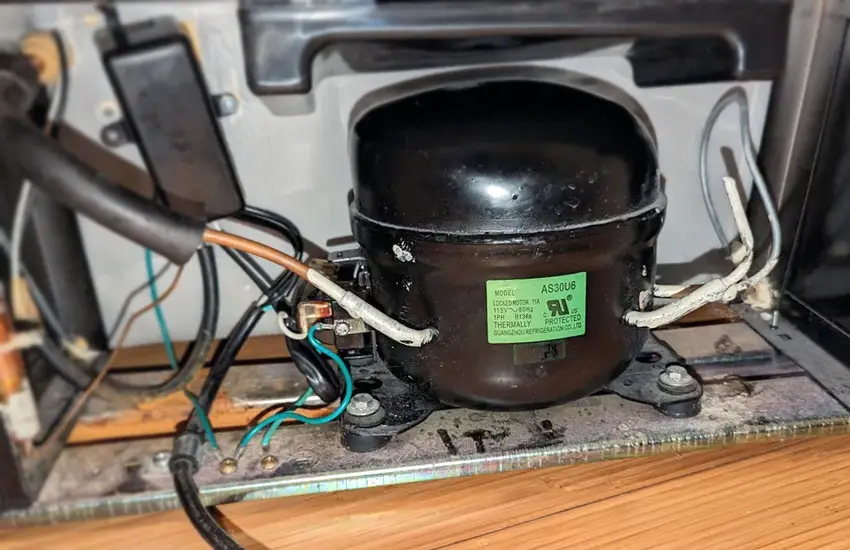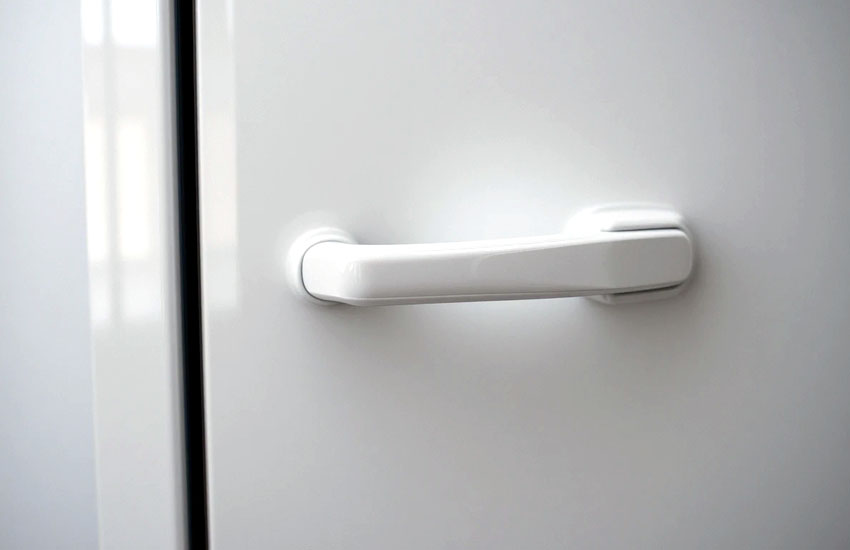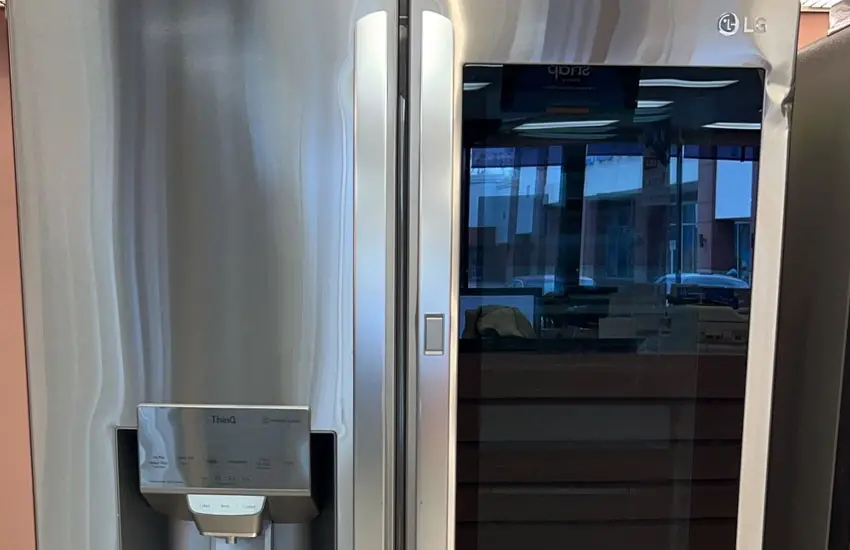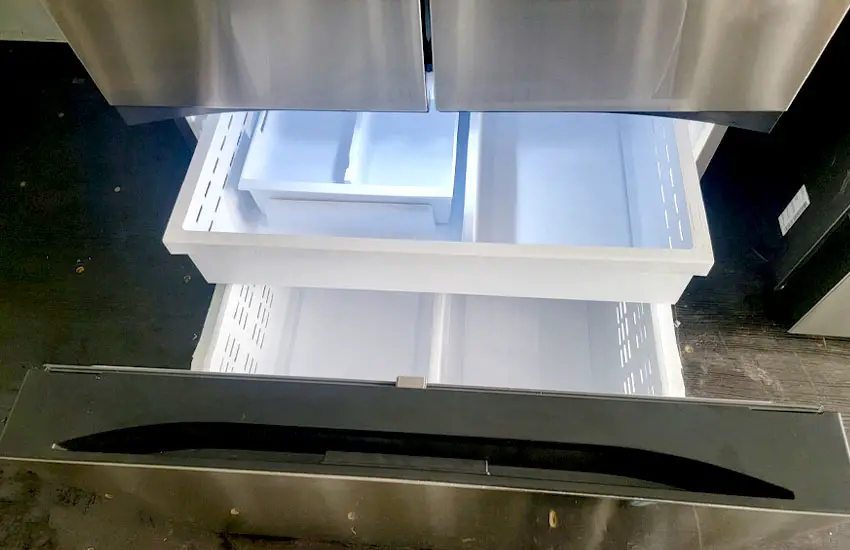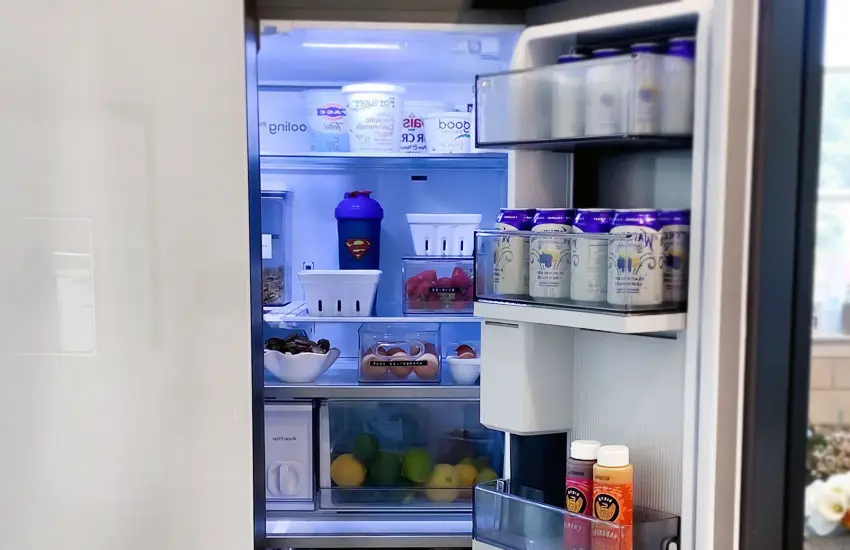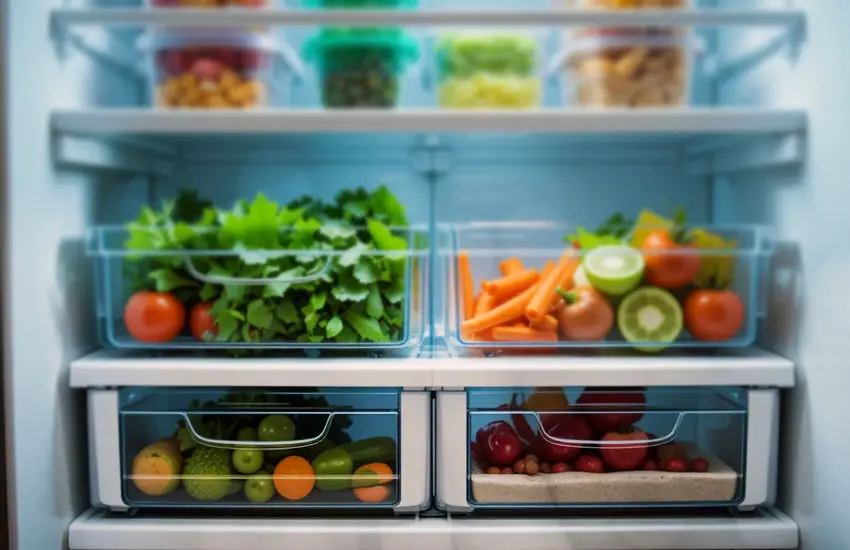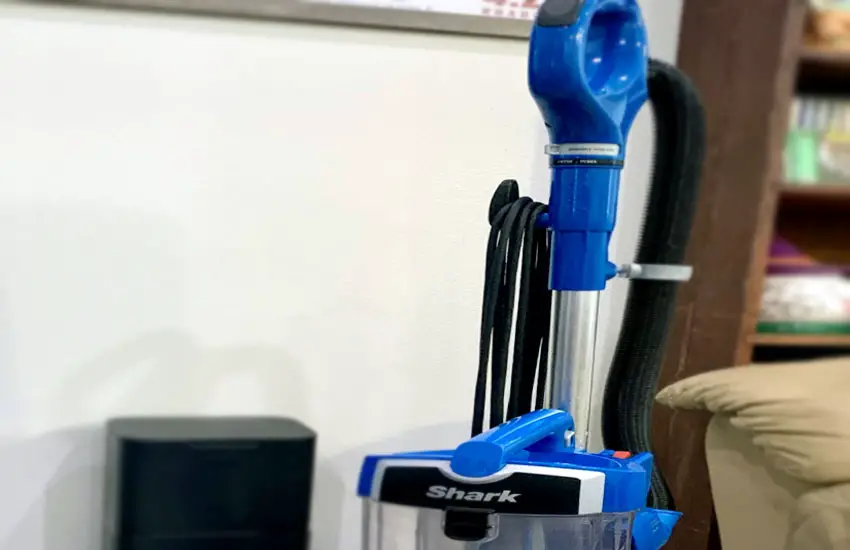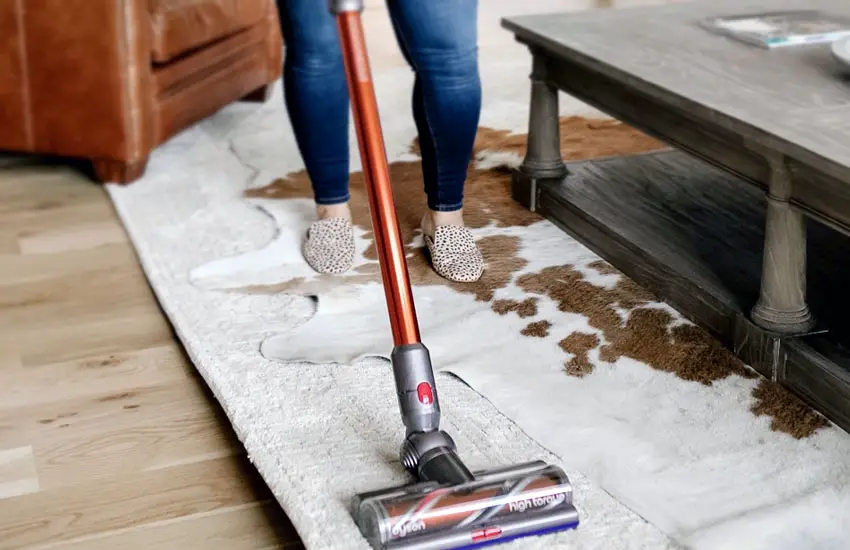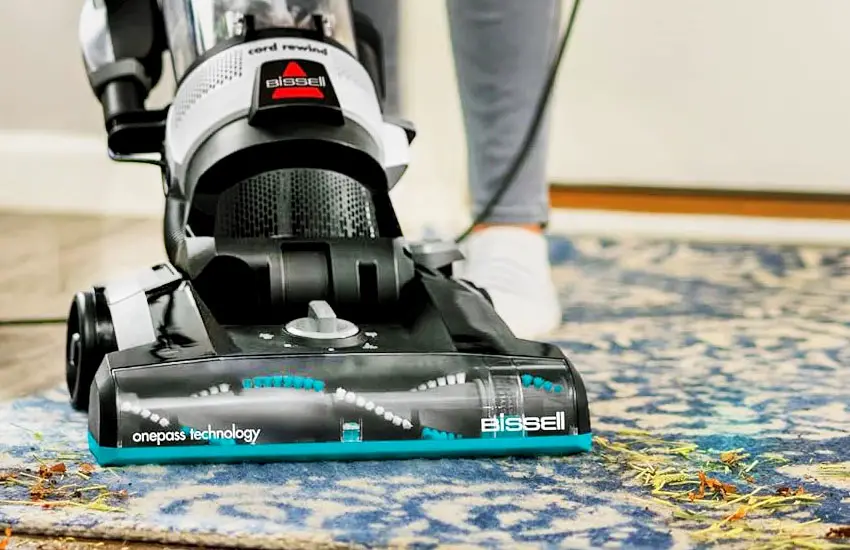As an Amazon Associate, I earn from qualifying purchases at no extra cost to you.
Washing Machine Not Filling with Water: Here’s What What to Do
We’ve all been there: you load your clothes into the washing machine, hit start, and wait for it to fill with water—but nothing happens. The machine hums, the timer runs, but the water refuses to show up. It’s frustrating, right? Don’t worry, though, because you’re not alone in facing this issue. Whether it’s a minor blockage or a bigger problem, there are ways to fix it. In this guide, we’ll walk through the most common causes for this frustrating issue, how to troubleshoot it, when to call a professional, and how to prevent it from happening again. So, grab a cup of coffee and let’s dive in!
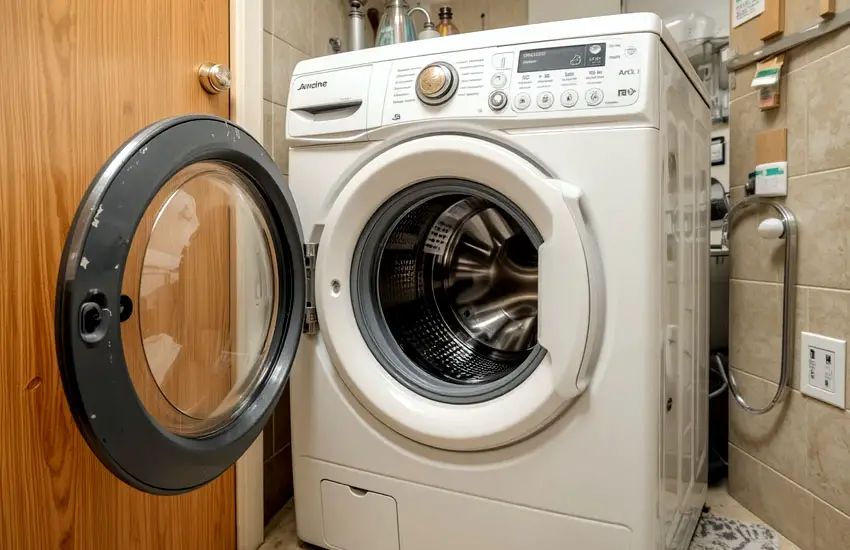
Common Causes of a Washing Machine Not Filling with Water
Alright, let’s start by getting to the bottom of why your washing machine might not be filling with water. Imagine you’ve just bought a new set of clothes or a cozy blanket, and all you want is to get them clean. But when you turn on your washing machine, the water doesn’t pour in. Instead, you’re stuck with a machine that’s doing a lot of nothing. Don’t worry! There are several possible culprits behind this issue, and knowing them will help you troubleshoot and fix it fast. Let’s look at the most common reasons:
1. Blocked Water Inlet Valve
The water inlet valve is like the door to the water supply. When your washing machine isn’t filling up, this could be because the valve isn’t working properly. Over time, minerals and debris can build up inside the valve, making it harder for water to flow in. It’s like the door getting stuck, so no water can pass through!
You can check the water inlet valve by unplugging the machine and looking at the valve’s screens. If you notice any debris or buildup, clean them gently. If the valve is still not letting water through after cleaning, it might need to be replaced. Don’t panic, though—this is usually a simple fix!
2. Faulty Water Supply
Sometimes the issue is out of your washing machine’s control, like a problem with the water supply. If your house has low water pressure or there’s a problem with the plumbing, your washing machine might not fill properly. It’s like trying to drink from a straw with a hole in it—the water just won’t come in the way it’s supposed to.
Check if the water supply valves (usually located behind the machine) are fully open. If the pressure seems low, try checking other appliances that use water in your home to see if they’re affected as well. If the issue persists, you might need a plumber to check out your water pressure.
3. Clogged or Kinked Hoses
Sometimes, the problem is as simple as a kinked hose. We’ve all accidentally bent a hose at the wrong angle, and it’s easy to forget that water can’t flow properly if there’s a restriction. Check the hoses behind your washing machine to make sure they’re not pinched or twisted. A blocked hose can also prevent water from entering the machine, so ensure the hoses are clean and clear.
If you notice any buildup of debris or sediment inside the hose, rinse it out with water to clear it. If the hose is severely damaged or cracked, you may need to replace it.
4. Broken Lid or Door Switch
This one’s a bit more tricky because it’s not about water at all—it’s about the machine thinking it’s safe to fill with water. Many washing machines have a lid or door switch that prevents the machine from filling with water if the door is open. It’s a safety feature, but if this switch breaks or malfunctions, the washing machine might not fill even if the door is closed.
If your washing machine door seems to be closing properly but the machine won’t fill, you might want to check the switch. Sometimes the issue is just a dirty or sticky switch, but if it’s broken, it could be time to replace it.
5. Malfunctioning Timer or Control Board
The timer or control board is like the brain of the washing machine. If it’s malfunctioning, it might not send the right signals to fill the machine with water. This is a bit more complex and usually involves the electronic components of the washer.
If you suspect the control board is the problem, you’ll likely need a professional technician to take a look. They can diagnose the issue and, if necessary, replace the control board to get your washing machine working again.
How to Troubleshoot a Washing Machine That Won’t Fill with Water
Now that we know the common causes of water not filling in your washing machine, let’s go step-by-step through how you can troubleshoot the issue yourself. You don’t need to be a technician to solve this problem—sometimes, all it takes is a little patience and some detective work. Here’s what you can do:
Step 1: Check the Water Supply Valves
First, make sure the water supply valves behind the washing machine are fully open. These are the valves that connect your washing machine to the water supply, and if they’re even a little bit closed, your washer won’t get enough water. You’d be surprised how many times people forget to open the valves all the way!
Turn both the hot and cold water valves to the fully open position, and check to see if water begins to flow into the machine.
Step 2: Inspect the Hoses for Blockages or Kinks
Next, check the hoses connected to your washing machine. If they’re kinked or twisted, that could prevent water from flowing through properly. Try straightening the hoses or adjusting them so that they’re not blocked.
Additionally, check for any buildup or debris in the hoses. If you notice anything that might be blocking the flow of water, carefully remove it. If the hoses are damaged or cracked, it’s a good idea to replace them to prevent future issues.
Step 3: Examine the Water Inlet Valve
If the water supply valves are fine and the hoses are clear, it’s time to check the water inlet valve. This valve controls the flow of water into your machine, and if it’s clogged or malfunctioning, it might be the reason your washing machine isn’t filling.
Unplug the washing machine and disconnect the hoses. Inspect the screens inside the valve for any signs of debris or buildup. Clean the valve gently with a brush or cloth. If it’s still not functioning after cleaning, it might need to be replaced.
Step 4: Test the Lid or Door Switch
If everything seems fine with the water supply and hoses, it’s time to check the lid or door switch. This switch ensures that the washing machine only fills with water when the door is properly closed. If the switch is faulty, it might prevent water from entering the machine, even if the door appears to be shut.
You can usually test the lid switch by pressing it down manually and listening for a click. If you don’t hear anything or if the switch feels loose, it might need to be replaced.
Step 5: Check the Timer or Control Board
If none of the previous steps work, the problem could be with the timer or control board. This is one of the more technical issues, and it may require professional assistance. However, you can start by resetting the washing machine. Unplug the machine for a few minutes and then plug it back in to reset the system.
If that doesn’t help, you may need to consult a technician to inspect and potentially replace the control board.
When to Call a Professional for a Washing Machine Not Filling with Water
Sometimes, even after troubleshooting, the issue with your washing machine might not be something you can easily fix on your own. If you’ve gone through all the steps and your machine still refuses to fill with water, it might be time to call in a professional. Here’s when you should consider getting an expert involved:
Complex Electrical Issues
If you suspect that the problem lies with the control board, timer, or any other electrical components, it’s best to leave it to a professional. Working with electrical parts can be tricky, and a technician will have the knowledge and tools to properly diagnose and fix the issue.
Water Inlet Valve Problems
Sometimes, the water inlet valve might be severely clogged, damaged, or malfunctioning beyond what you can fix at home. If cleaning the valve doesn’t work or if it’s leaking, it may need to be replaced, and this is a job best done by a professional to ensure it’s handled safely and correctly.
Persistent Water Supply Issues
If you’ve checked your water supply and hoses but still find that your washing machine isn’t filling with water, there could be an underlying plumbing issue that requires a plumber’s expertise. Low water pressure or faulty plumbing can be hard to diagnose on your own, so calling a plumber may save you time and frustration.
Frequent Problems or Recurring Issues
If you find that your washing machine keeps having the same issue over and over again, it might be a sign of a deeper, recurring problem. In such cases, it’s a good idea to bring in a technician who can fully inspect your machine and offer a long-term solution.
Preventative Maintenance Tips to Keep Your Washing Machine Running Smoothly
Now that you know how to troubleshoot and fix the issue, let’s talk about how you can prevent it from happening again. Regular maintenance is key to keeping your washing machine in top shape and avoiding issues like this in the future. Here are a few simple maintenance tips:
Clean the Water Inlet Valve Regularly
To keep the water flowing smoothly, it’s a good idea to clean the water inlet valve every few months. This will help prevent mineral buildup or debris from clogging the valve and restricting water flow.
Inspect Hoses for Damage
Hoses can wear out over time, so it’s important to check them regularly for cracks, leaks, or blockages. If you notice any issues, replace the hoses right away to avoid larger problems down the line.
Keep the Area Around Your Washer Dry
Leaks and moisture buildup around your washer can lead to mold or mildew growth. Keeping the area dry will not only extend the life of your washer but also help keep your home more hygienic.
Use the Right Detergent and Proper Load Sizes
Using the right detergent and not overloading the machine will help keep everything running smoothly. Overloading can strain the motor and water intake system, which might eventually lead to problems like the one you’re dealing with.
I hope this guide helps you troubleshoot your washing machine and get it back in working order. Whether it’s a minor fix or a bigger issue, you’ve got the tools to tackle it. Don’t forget to maintain your washer regularly to avoid future headaches!
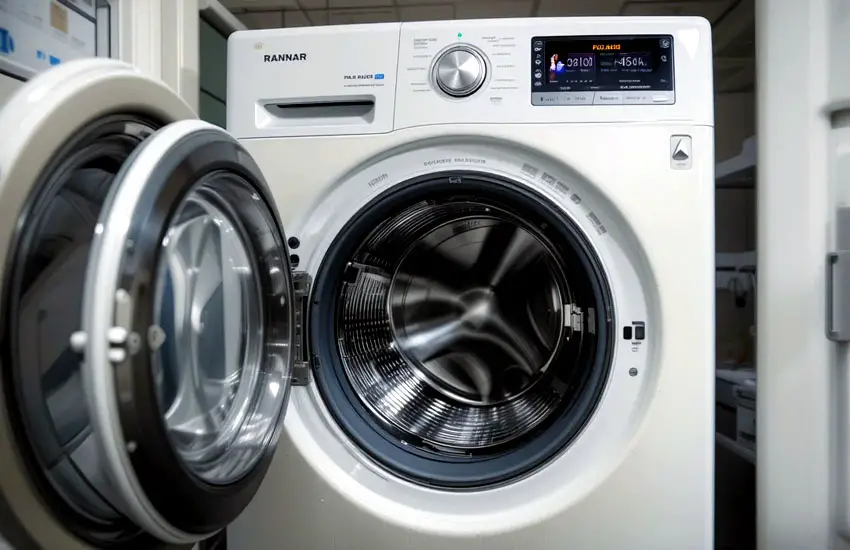
Frequently Asked Questions
Is it safe to repair a washing machine myself?
It’s generally safe to try simple fixes like cleaning hoses or checking valves, but electrical or complex issues are best left to professionals.
Can a clogged filter cause a washing machine not to fill with water?
Yes, a clogged filter can restrict water flow, preventing your machine from filling properly. Cleaning or replacing the filter should fix the issue.
Do I need to replace the water inlet valve if it’s clogged?
If cleaning the valve doesn’t restore water flow, it may need to be replaced. A malfunctioning valve can cause long-term problems.
Is it normal for the washing machine to fill slowly?
A slow fill can be caused by low water pressure or a clogged valve. Check your water supply and valve for any issues.
Can a faulty door switch prevent water from filling?
Yes, if the door switch is malfunctioning, the washing machine might think the door is open, and it won’t fill with water.
Is it okay to use a washing machine with low water pressure?
Low water pressure can cause filling issues, so it’s important to address this problem to avoid damaging your washer.
Do I need to call a plumber if my washing machine isn’t filling with water?
If the issue is with your home’s water pressure or plumbing, a plumber may be necessary to fix the problem.
Can I use any type of hose for my washing machine?
It’s important to use a hose designed specifically for washing machines, as other hoses may not handle the pressure or size requirements.


